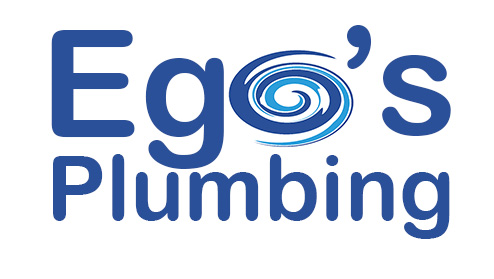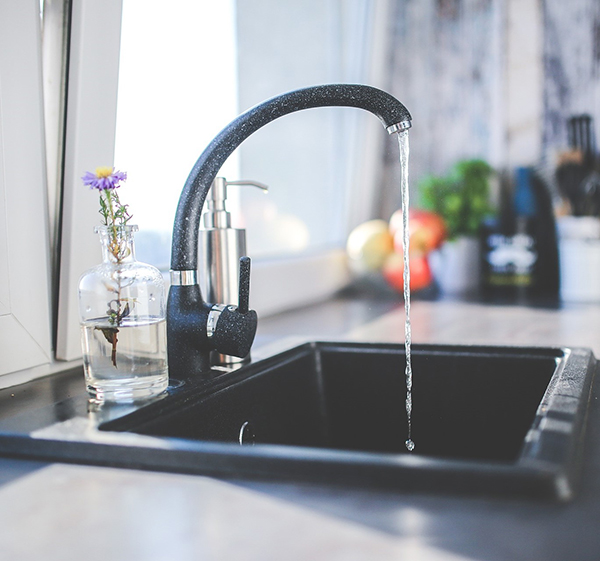To DIY or to call a plumber? This is a question many homeowners inspired by home reno shows and a desire to save money ask themselves.
In some situations, if you are handy around the house with some skills and the right tools, there are certainly some tasks you can do yourself. However, it’s important to remember that plumbing is a licensed trade and according to Australian law certain work can only be undertaken by a licensed plumber. This can vary from state to state, however typically any work that deals with your drinking water; sewer system or gas plumbing must use a plumber with the appropriate licenses. This is to ensure the safety of yourself, your family and your community.
The general rule of thumb is that If you need to move taps, access any pipework, connect into a water line, move drains, or install a new appliance rather than simply replace an old one; these jobs need to be done by a licensed plumber.
Below are a few of the plumbing tasks that you can tackle yourself as well as a few tips from Dean Egan, a licensed plumber with over 30 years experience in the industry.
Installing a dishwasher
Anyone can install or replace an existing dishwasher as long as they don’t change the taps. If you change the taps, you need a licensed plumber. While installing a dishwasher may seem easy, if it isn’t done properly it can lead to a range of serious problems such as flooding, bacteria growth and mould breakouts. It’s also important to check the dishwasher warranty, some dishwashers need to be installed by a licensed tradesperson or the warranty is voided.
Tips:
Make sure you measure the space properly as well as drain lines before you choose your dishwasher. Also make sure that the drain tube and supply line is correctly connected or you may find that your sink drain backs up. While you can extend hoses, it’s not recommended as it can often lead to leaks.
Installing a washing machine
When it comes to installing a washing machine, little technical knowledge is required to ensure the new machine starts. However, if you have to change any of the plumbing no matter what it is, then you need a licensed plumber. Also, remember to check that the manufacturer's warranty is not voided by self-installation.
Tip:
Check that you have properly installed pipes, hoses and other components and that everything is working properly after installation. Rather than the new washing machine, these are the usual culprits when it comes to flooding. Also, make sure that the washing machine is horizontally level with the floor. If it isn't, the vibrations when the machine is spinning will place extra load on the shock absorbers, causing damage to the drum over time.
Replacing a broken toilet seat
While replacing a toilet seat is something you could do, it can be really hard to get a toilet seat for an old toilet unless it’s a standard set. If they have stopped making that toilet pan, you will actually have to take the seat off and to take it to one of the plumbing shops to get them to chase up a seat that’s going to fit. If you don’t have a standard seat, it can get expensive.
Tip:
All toilet seats are different, so there is no one piece of advice that fits all. Getting the toilet seat off can also be challenging especially if it’s a very old toilet. Many years ago they used steel with brass wingnuts to attach the seat, which could rust on. Nowadays they use stainless steel or plastic screws. If the nuts are rusted or recessed, you can use a small hacksaw to carefully saw through the bolts. Be very careful that you don’t accidentally chip or break the toilet itself.
Changing toilet cistern
These days when you buy a new toilet cistern it’s normally a smaller flushing like a 3-litre or 4-litre flush. If you are trying to marry it to an old pan which is a 9-litre flush, it doesn’t work. There are only a few cisterns on the market that you can convert to a 9-litre flush, so it’s important that you know what you are buying. It will work, but you will have to flush the toilet 3 or 4 times to get solids down.
TIP:
Make sure you buy the right cistern for the right pan.
Changing tap washers
Over time tap washers get worn out. If you find that you are having to turn a tap tightly to stop it dripping, it is time to replace the washer.
Tips:
Make sure you use the correct size washer. In the NSW and ACT some taps take 13mm valves and some require 15mm valves. If you don’t reseat the taps properly this can cause further leaks. Also make sure that you do it up tight enough otherwise it may leak behind the wall, which can become a very expensive problem.
Rather spend the money and get the extra quality tap washers, not the plastic ones. Check the seat to make sure the seat is smooth and there are no cracks in the seat. If you have a mixer, make sure you put the right cartridge in the right mixer. Mixers are much easier generally if you have a known brand.
It’s important to have the right tools for the job. If you are fixing tap washers, the tools you will need will depend on the job. Some taps need screwdrivers, some taps need little circlips. It just depends on the type of tapware that you’ve got. If you just have standard tapware then you just need a pair of multigrips and a shifter. But if you’ve left it to leak for a long period then the seat has been eaten away and you will need to re-seat it. You will then need a drill and a proper reseating tool, one that is used in a drill, which most people won’t have. Don’t be tempted to buy the cheap ones. You need one that can fit into a drill to ensure they cut the seat properly - nice and smooth. If you use the hand-held ones the seat ends up looking rippled like a cauliflower and you will more than likely land up with a leak in a couple of months.
Changing the shower head
One of the quickest ways to update your bathroom is to replace the fixtures including the shower head. Most homes are already set up for a single-spray system, making it relatively easy to install yourself. However, if you are looking for a more gentle, luxurious feeling then rainfall showerheads are a great option. There are wall mounted versions that can replace your old single-spray system if you don’t want to go all out and have a plumber install new pipes in your ceiling.
TIP:
Be careful not to overtighten. This could lead to breaking the backing plate. The copper will wind up like a big spring, breaking all the pipe work.
Remember….
Whether you are considering installing your own hot water cylinder, a tap or an appliance; many companies will not warrant anything that is not installed by a licensed plumber. It’s important to check the packaging, if it states “must be installed by a licensed plumber,” you have no warranty if you self-install. That means no warranty on the tap; or whatever it damages. So, if you self-install a tap and it floods the house, then nothing is covered. If your insurance company finds out that you have done that then your house insurance is also nullified. It’s very important to understand the level of risk before you undertake any DIY plumbing.
The water systems in your house are one of the most expensive aspects of your property, a properly insured and licensed plumber is always the safest option to avoid costly repairs. Give us a call today to discuss your plumbing needs.


